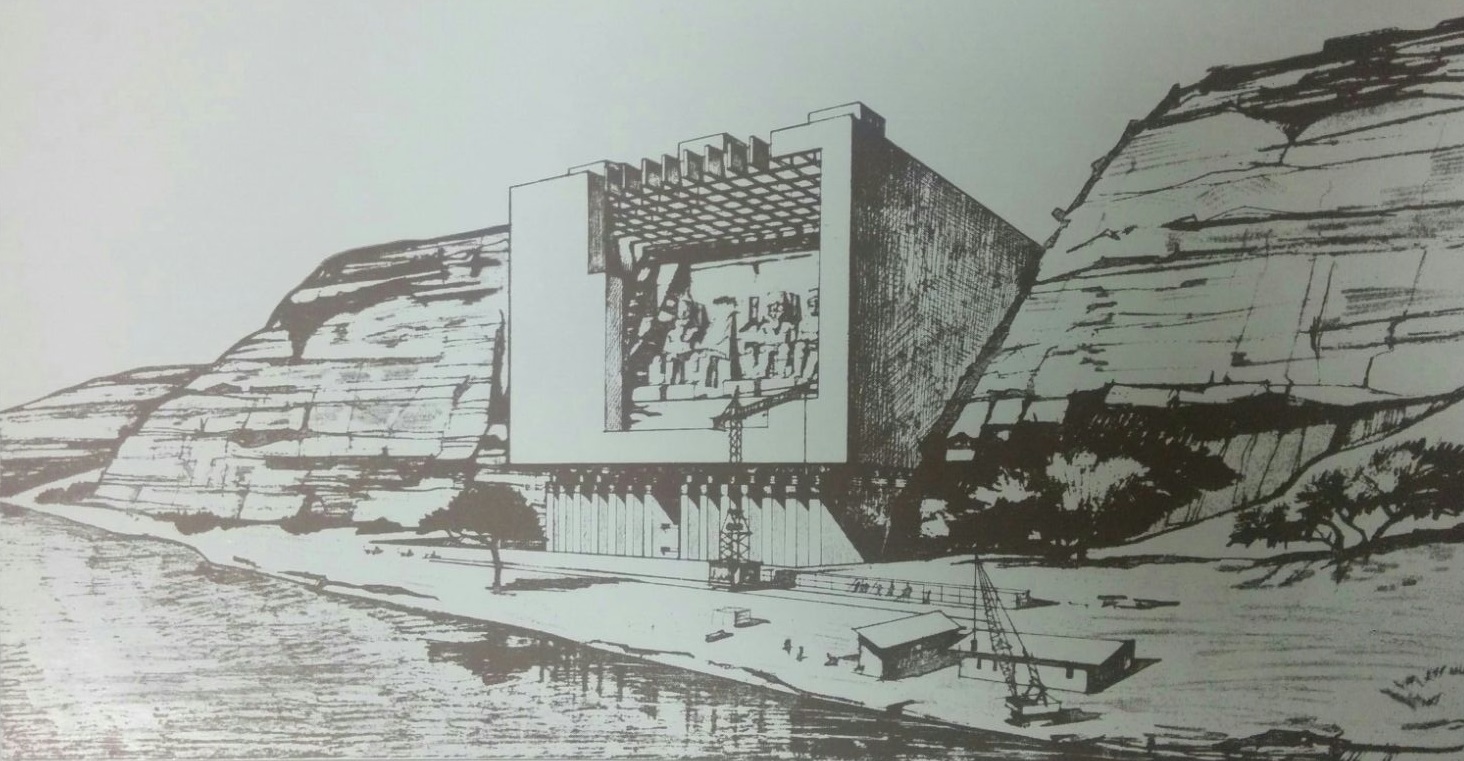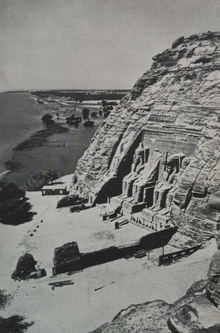Planning for saving the Abu Simbel Temple
The Complex was relocated in its entirety in 1968, on an artificial hill made from a domed structure, high above the Aswan High Dam reservoir.
The relocation of the temples was necessary to avoid their being submerged during the creation of Lake Nasser, the massive artificial water reservoir formed after the building of the Aswan High Dam on the Nile River.
When the Egyptian government announced that the construction of the Sadd el Ali Dyke, which modified the natural speed of the Nile water, would have submerged the Nubia archeological sites and its millennial art treasures, many culturally versed men manifested their concerns.
The Aswan Dyke built in 1989, in fact, caused the Nile’s water to reach 121 meters above sea level, submerging the first part of the Nubia that includes Philae Island, where many splendid monuments of the XXXth dynasty lay. Moreover, the gigantic Sadd dyke was about to submerge the rest of the ancient Nubia area forever. The UNESCO, which has always distinguished itself for being the major institution engaged in preserving the spiritual patrimony, promptly responded to this Egyptian issue and promoted a worldwide campaign to invite other countries to contribute to save the Abu Simbel Temples.
In the first months of 1960, the experts of ITALCONSULT, together with a group of companies and Italian technicians, thought the most interesting solution was to carry out a rescue of the temples by raising and re-composing the external environment to reproduce the initial aspect of the hill around the temples, and by introducing the monument in a similar condition of environmental balance.
This solution was considered an extremely valuable work from a technical point of view, and it was defined as “one of the bravest and smartest projects ever realized in the archeological sector.” However, the impossibility in obtaining the appeal of all the participant nations forced the UNESCO to choose an inexpensive solution over ITALCONSULT’s project proposal.

